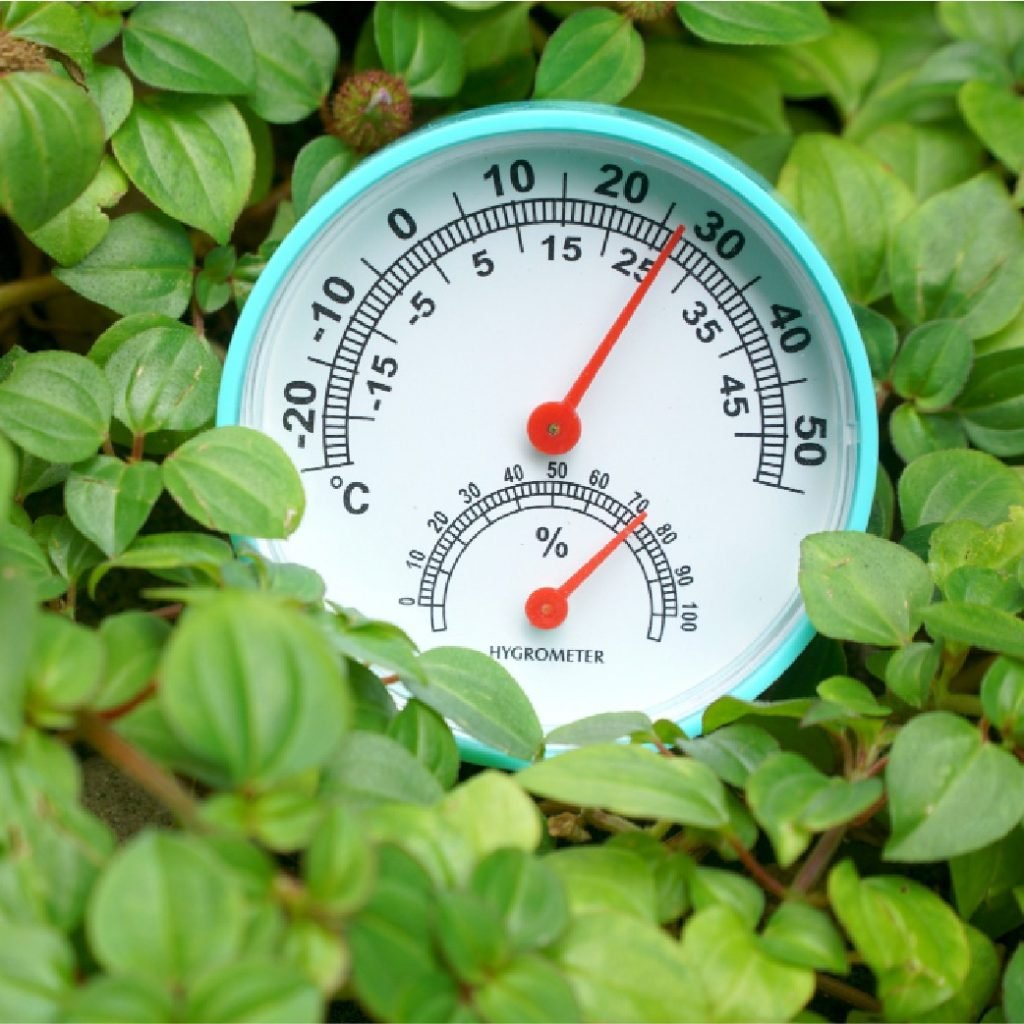For professionals in construction, agriculture, woodworking, and restoration, knowing the moisture content of materials is crucial for ensuring quality, safety, and long-term durability. Moisture meters are essential tools for measuring the amount of moisture in materials like wood, concrete, soil, and more. This guide will help you understand how moisture meters work, their various types, and how to choose the right one for your needs.
What is a Moisture Meter?
A moisture meter is an instrument designed to measure the water content (moisture level) in a given material. This data is critical for preventing structural damage, ensuring product quality, and maintaining optimal conditions for materials that are sensitive to moisture. For example, in woodworking, controlling moisture is essential to prevent wood warping, cracking, or rotting.
Moisture meters are used across many industries, including:
- Construction
- Agriculture
- Woodworking
- Restoration (fire and water damage)
- HVAC systems
How Does a Moisture Meter Work?
Moisture meters work by using electrical resistance, capacitance, or electromagnetic waves to detect the moisture content in a material. The meter then provides a reading, usually as a percentage, indicating the amount of moisture present.
Types of Moisture Meters
There are two main types of moisture meters: Pin-Type and Pinless (Non-Invasive). Each has its own advantages, depending on the application.
All-in-One MetersSome moisture meters offer both pin and pinless options, providing flexibility and more accurate readings depending on the material and the situation.
Pin-Type Moisture Meters
How They Work: Pin-type moisture meters use two metal probes (pins) that are inserted into the material. An electrical current is passed between the pins, and the meter measures the material’s resistance to the current. Since water conducts electricity, higher moisture content will result in less resistance.
Best For: This type is ideal for measuring moisture content deep inside materials like wood, drywall, and concrete. Pin-type meters give highly accurate readings but require the user to make small holes in the material.
Advantages:
Highly accurate
Measures moisture deep within the material
Ideal for materials that can be punctured without damaging the surface (wood, drywall, etc.)
Disadvantages:
Invasive: leaves small holes
Not suitable for delicate materials or finished surfaces
Pinless Moisture Meters (Non-Invasive)
How They Work: Pinless meters use electromagnetic waves or radio frequencies to detect moisture. These waves penetrate the surface of the material, and the meter calculates moisture content based on the response it receives. This type of meter doesn’t require inserting pins, making it non-invasive.
Best For: Ideal for quickly scanning large areas or when you need to avoid damaging the material, such as in finished flooring or furniture.
Advantages:
Non-invasive, no damage to the surface
Quick readings over large areas
Good for finished surfaces like floors and walls
Disadvantages:
May not be as accurate for moisture deep within the material
Affected by surface moisture, which can distort readings







